Affiliate links on Android Authority may earn us a commission. Learn more.
7 more integrations between Android and Windows we'd love to see
Published onOctober 17, 2018
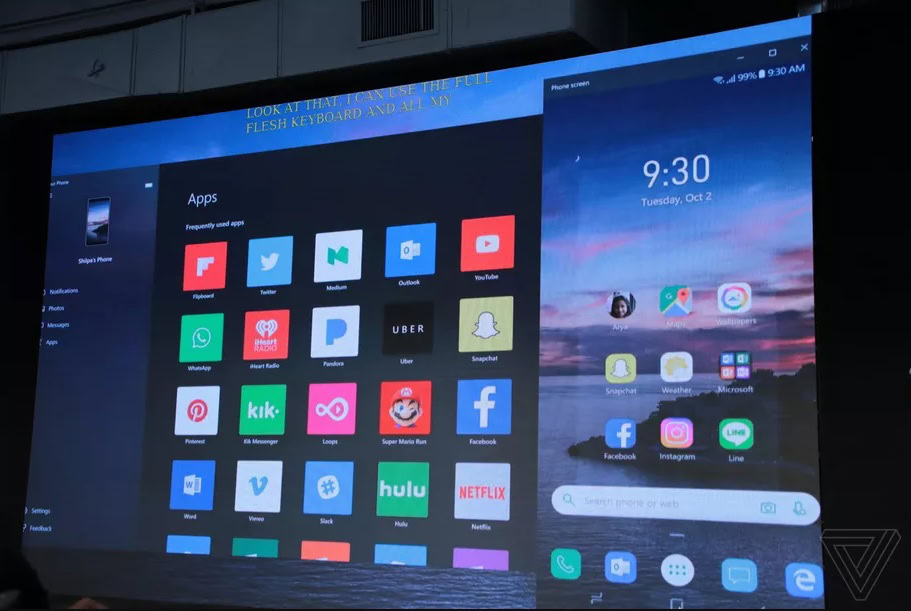
The launch of Windows 10 app mirroring got us thinking: what other services could Microsoft introduce into Windows which would best harness the power of Android?
On October 2, 2018, Microsoft held an event in New York City where it debuted several new Surface products, including Surface laptops and a brand new set of Surface headphones.
The laptops are certainly nice, and the unexpected debut of the noise-canceling headphones was a real treat. However, the thing which caught our eye the most was not a huge aspect of the event: Windows 10 app mirroring.
Even though it seemed a minor addition to the launch, it could potentially be a real game-changer. Using Windows 10 app mirroring, you can mirror the screen of your Android phone right on your Windows 10 computer. This allows you to use Android apps within a Windows environment, which is really cool.
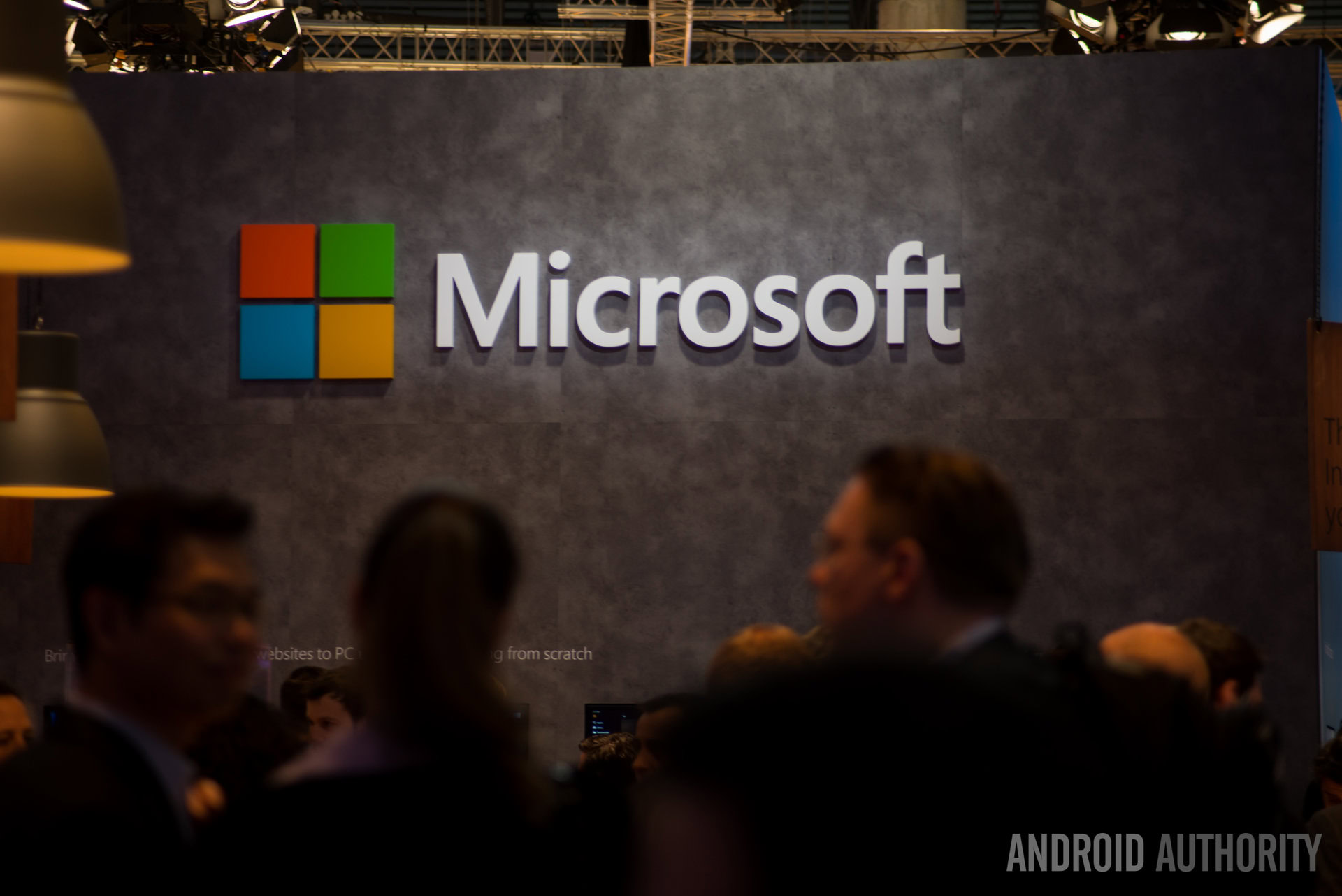
Granted, there are lots of third-party apps which have for years allowed us to mirror our phones within Windows (or even emulate an Android device from the ground up), but the idea of it being baked right into the world’s largest desktop operating system has us truly excited.
Below, you’ll find a list of integrations between Android and Windows we’d love to see.
Accept, reject, or make phone calls
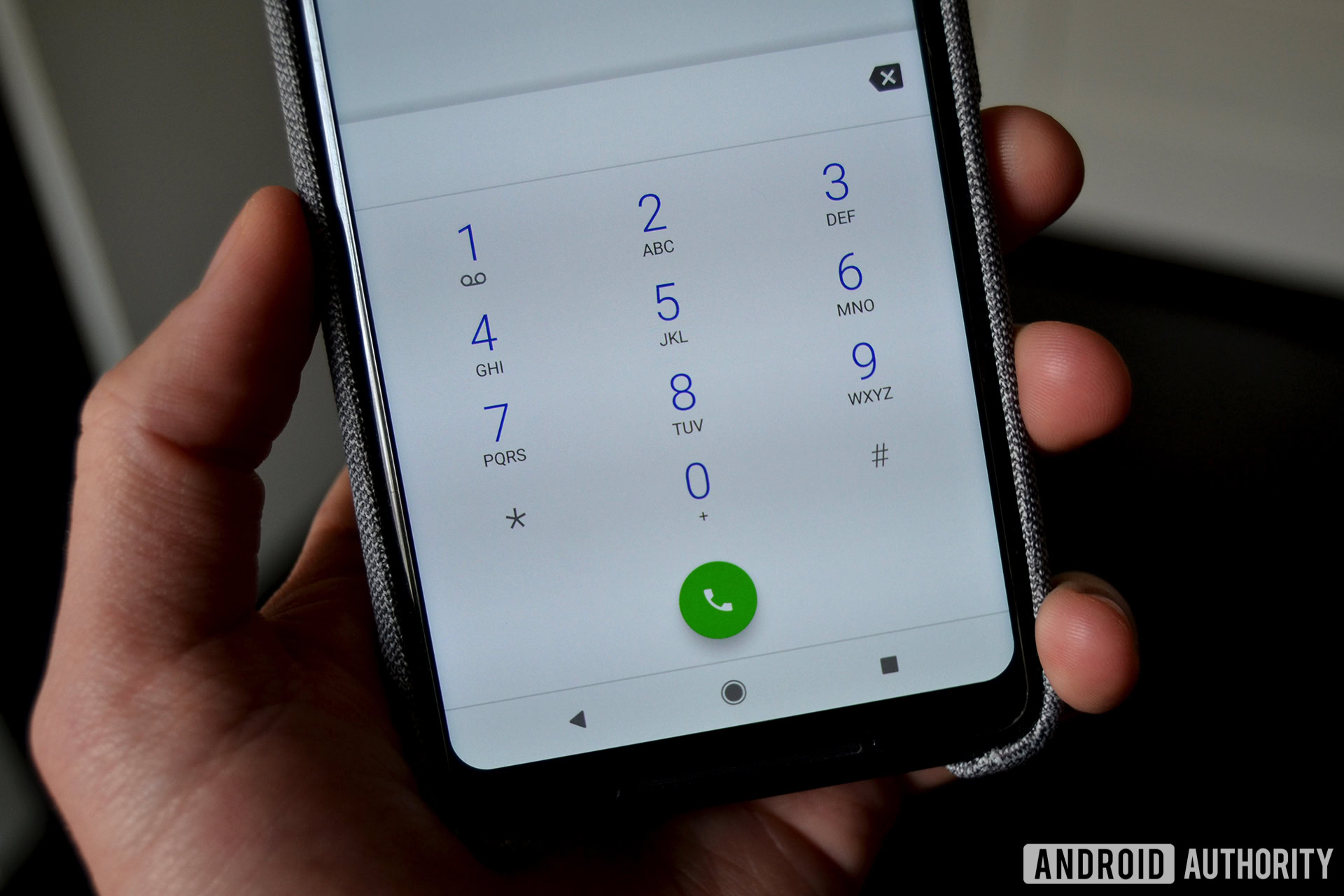
One of the main features Microsoft promotes with the Your Phone Windows 10 app is the ability to send and receive text messages on your desktop or laptop. This is a terrific feature!
Microsoft really pushes texting from a Windows machine in this ad:
The ability to text from your computer is awesome, but most Android power users have been doing that for years via plenty of third-party apps. Now, even Android Messages has a web interface.
But what about phone calls? Imagine if your phone started to ring and a notification popped up on your Windows computer and you could accept or reject the call with the tap of a button?
What if you chose to accept that call, and the call’s audio came through your computer instead of your phone?
Yes, Google Voice users can already do this, but that requires using your Google Voice number for everything or porting your carrier number. For many people, those are simply not options.
Chances are, you’re already using your laptop or desktop to send and receive video and voice messages – it would be amazing to do that with your carrier phone number without having to install any special software or hardware.
Use your Android phone as an automatic network drive
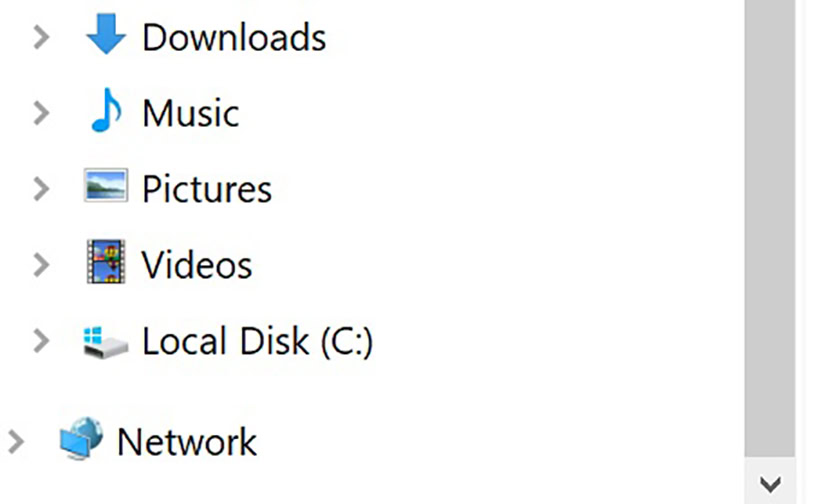
If you want to wirelessly push a file from your computer to your Android phone, there are lots of ways to do so. You can upload the file to a cloud service like Google Drive and then download that file to your phone. You can use a remote file explorer app to push it straight to your device. You can even get old school and just email it to yourself.
Wouldn’t it be awesome if your Android phone’s storage just automatically appeared as a network drive right in Windows File Explorer? Wouldn’t that be way easier?
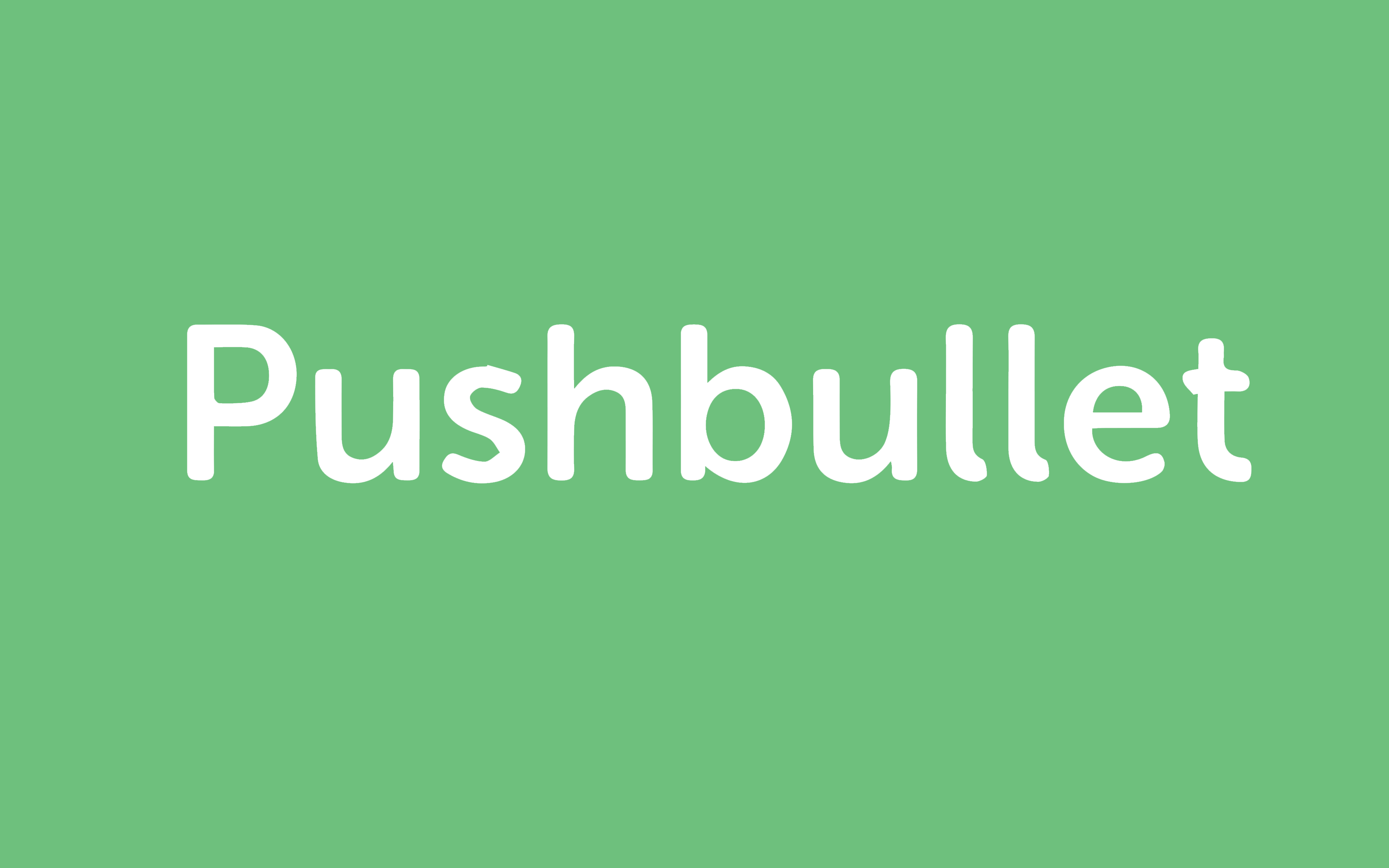
The idea would be that if your phone is connected to the same network as your computer the drive would simply appear. You could just drag-and-drop files into this drive and boom: the file is on your Android phone.
Once again, third-party apps do this, yes. But even then you have to open an app on Windows to perform a push or pull, whereas with this you would do it from File Explorer, just like you do with everything else.
You know what might be even easier…
Cross-device copy/paste
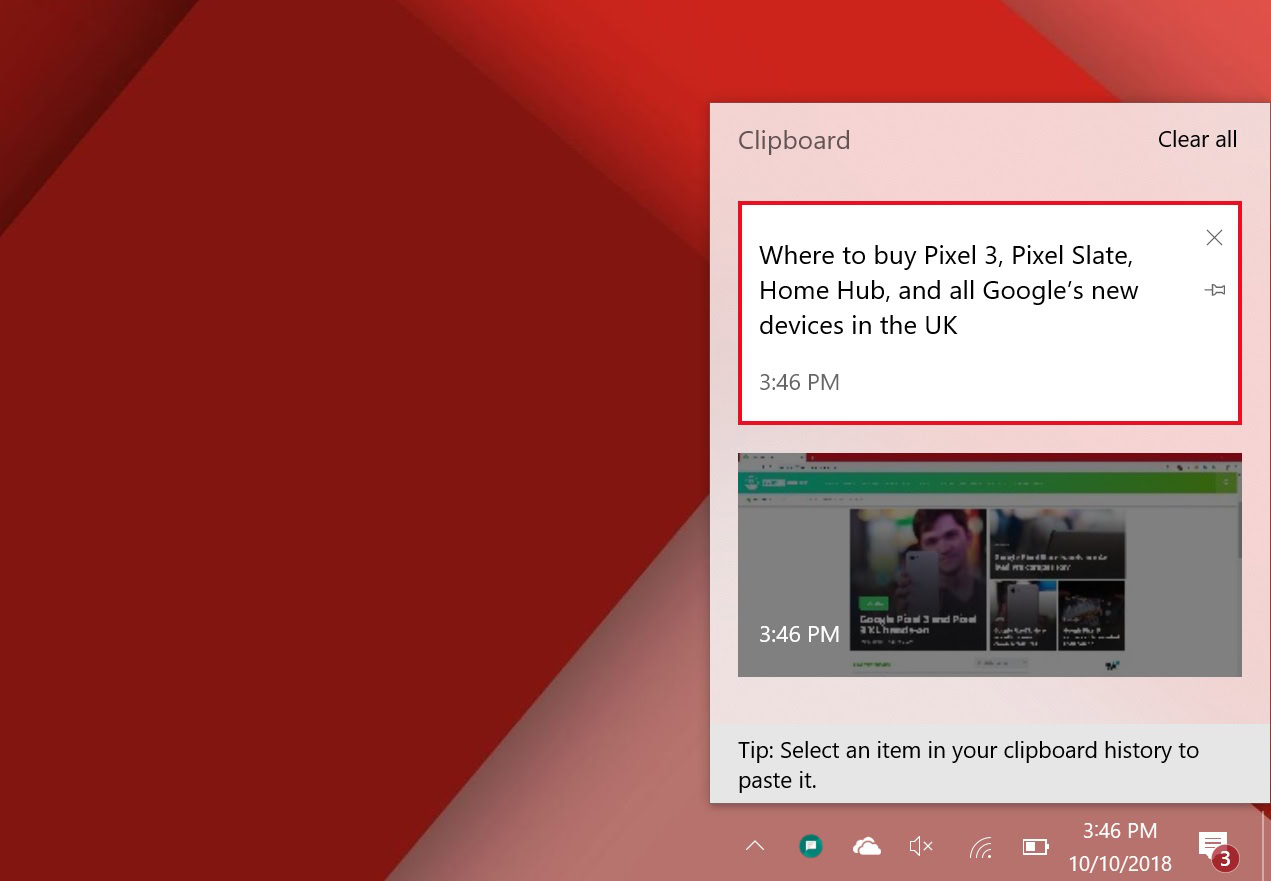
With the Windows 10 October update, Microsoft introduced Clipboard History and the ability to sync that history with the cloud. Better yet, something added to your clipboard on one Windows 10 machine is accessible on other Windows 10 machines operating with the same account.
Imagine if you could sync this with Android as well?
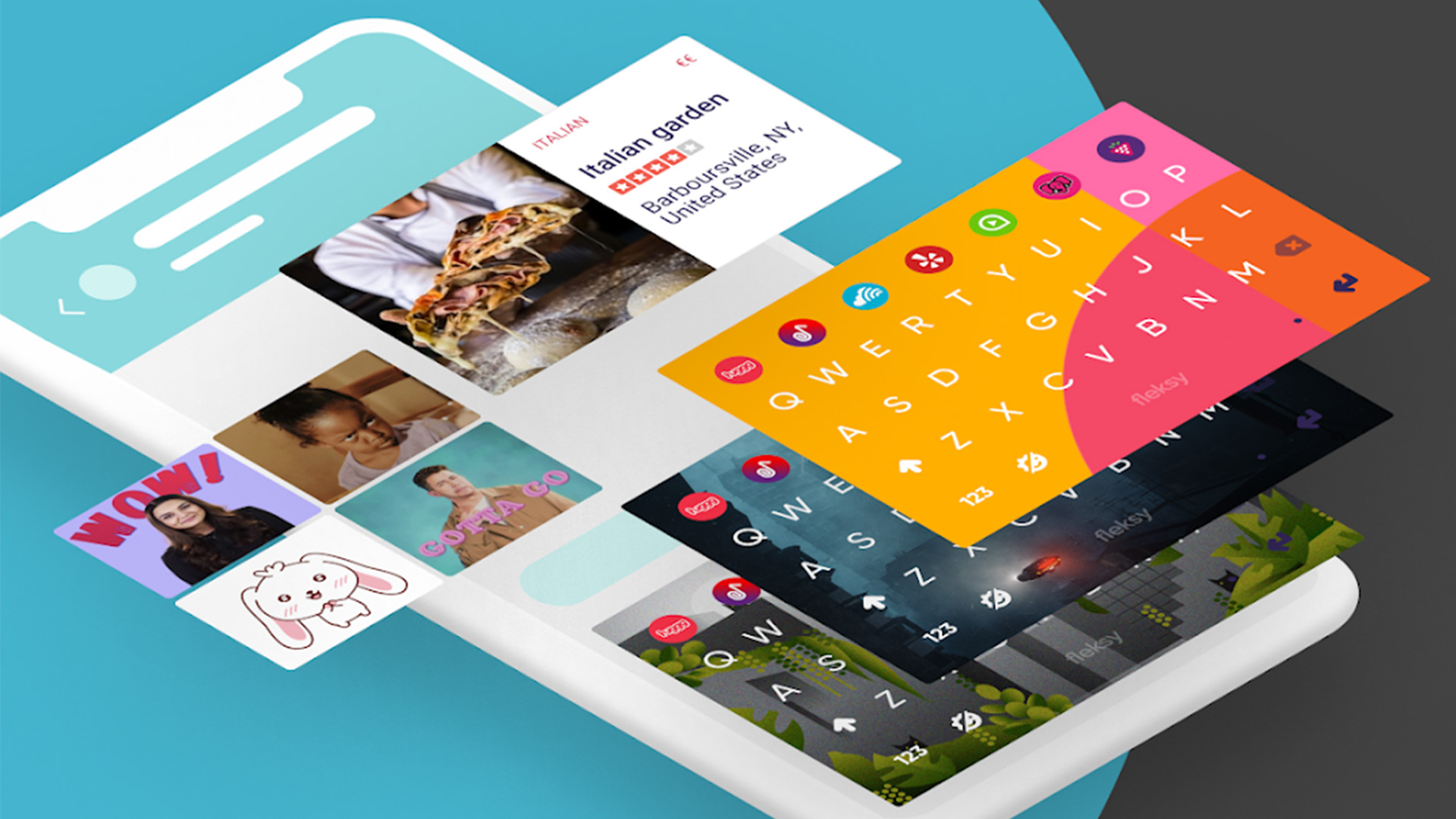
Imagine you’re browsing a website on your Windows 10 computer and you find a bit of information you want to send to someone with Snapchat. With a cross-device clipboard, you could copy that text on your computer using a unique keystroke, and then grab your Android phone to then paste that same information into your Snapchat text.
All this would really need is the cloud sync and a unique keystroke and it would make life so much easier for many people!
Microsoft is apparently going to bring Cloud Sync to Swiftkey, the Android keyboard the company bought in 2016. That’s great for people who use Swiftkey, but it would be really cool if this was to work for any Android keyboard.
Use your phone as a trackpad
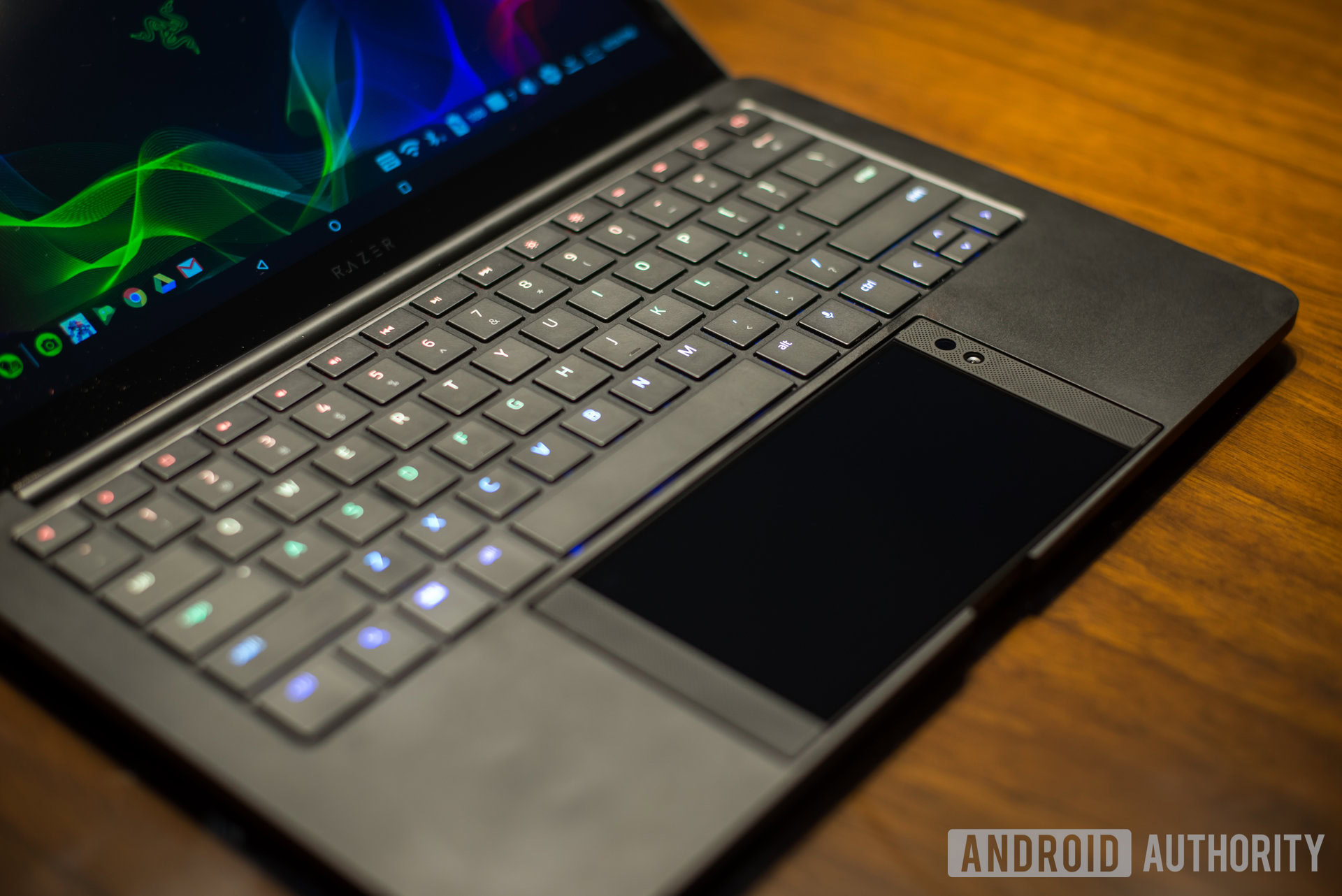
The integration of smartphones and computers is not a new concept, and plenty of companies already have novel ways of getting everything to work together. There’s even a system like Samsung’s DeX which enables you to use your phone as if it were a desktop.
With that in mind, why do we need a special phone, special hardware, or special software to use our Android smartphone as a trackpad?
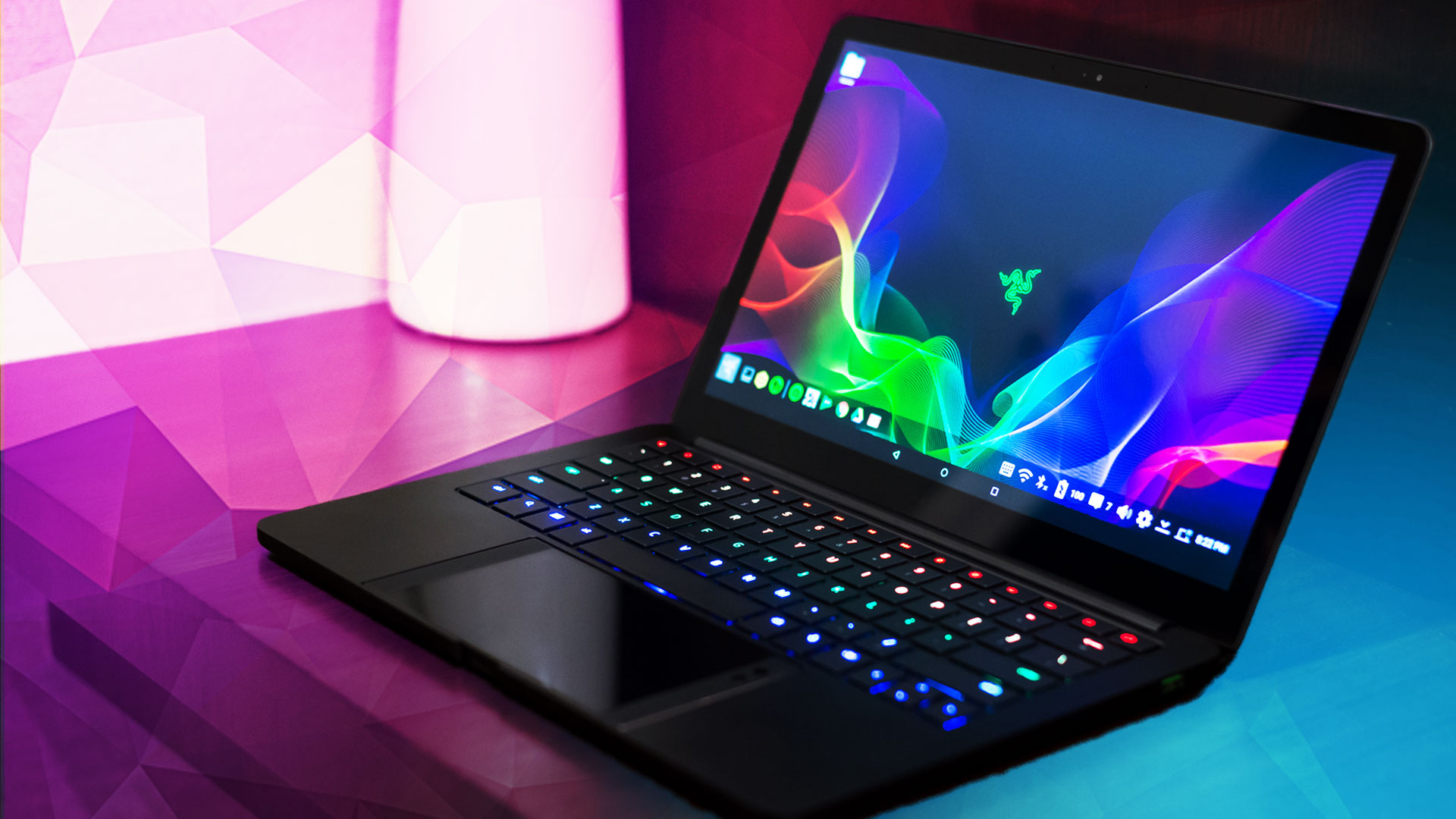
I’m not talking about the Razer laptop where you snap your Razer Phone in and use it as a trackpad (see above). I’m talking about something where you flip a quick setting toggle on your Android phone and your phone goes into trackpad mode. You select which computer of yours you want to connect to wirelessly and boom: your phone is a trackpad.
What I’m thinking of is like what Remote Mouse offers, but built right into Windows and Android.
This could be incredibly useful for frequent travelers, for example, and could also give new functionality to the trackpad experience which your built-in laptop trackpad can’t offer.
In a similar vein…
Use your tablet as a drawing slate
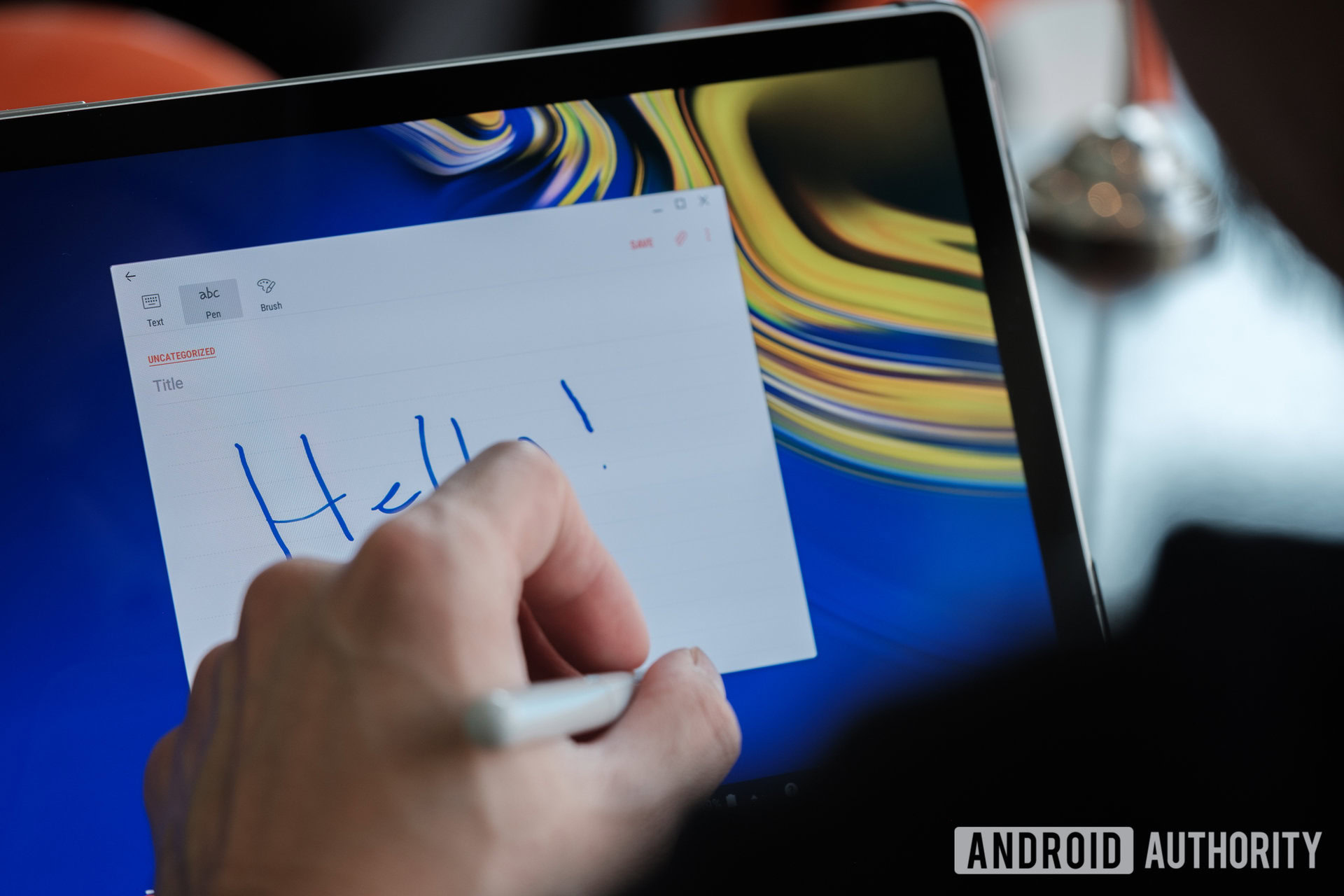
A drawing slate is an essential tool for digital artists of all kinds. However, it’s an expensive tool, especially for a professional-grade model like the Wacom MobileStudio Pro 16 which could cost you up to $3,000.
Why not combine a stylus with an Android tablet which is probably just laying around and use them instead?
Sure, this might not be the best replacement for a professional slate, but it could get the job done. It could be an invaluable tool for up-and-coming artists who might not be able to afford pro gear, and could also be a great way for traveling artists to cut out one piece of tech from their travel bag.
Heck, even people with something like a Samsung Galaxy Note 9 could make this work. All that’s missing is the Windows integration.
There are third-party apps which offer a service like this — such as GfxTablet — but it involves installing apps on both devices and linking them together through your network. Even then, certain features within certain programs won’t work well or at all. I’m sure Microsoft could make this way easier with universal integration.
Access developer tools without a USB cable
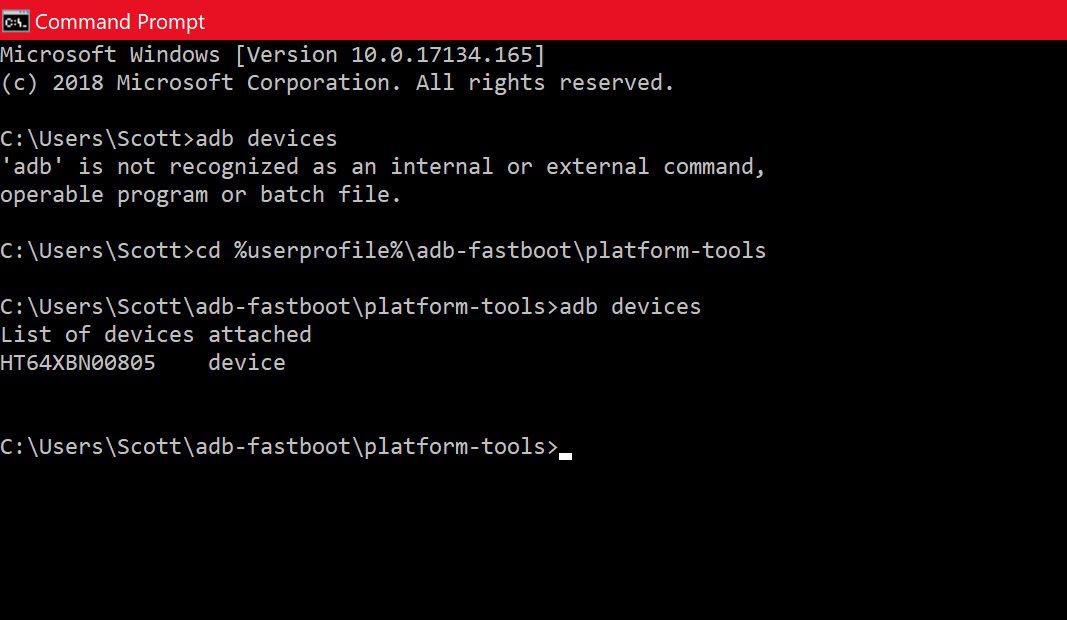
Those of you who do a lot of custom ROM flashing or Android app development know all about using tools like ADB, fastboot, etc. What’s the number one rule when using these tools?
That’s right: using a high-quality USB cable.
Why do we still need to do this with a cable? Why can’t we wirelessly connect Windows to our Android device, enable USB debugging, and then go on as normal? Why do we need to have that cable?
Even one of the more popular wireless ADB workarounds on the Google Play Store — ADB Wireless (no root) — requires you to first plug in your phone to set up the wireless connection. While it’s a good first step to have this option, it should be much easier to just connect the two devices wirelessly direct from Windows.
Ultimately, most of the items on this list could be done by Microsoft alone, but this one would need some cooperation with Google to achieve. Who knows if that could ever happen.
Also, some developers wouldn’t trust a wireless connection as much as they would a wired one, and there would be the question of how to wirelessly access something like the bootloader. But shouldn’t the option be there, at the very least?
Something like DeX, but your real desktop
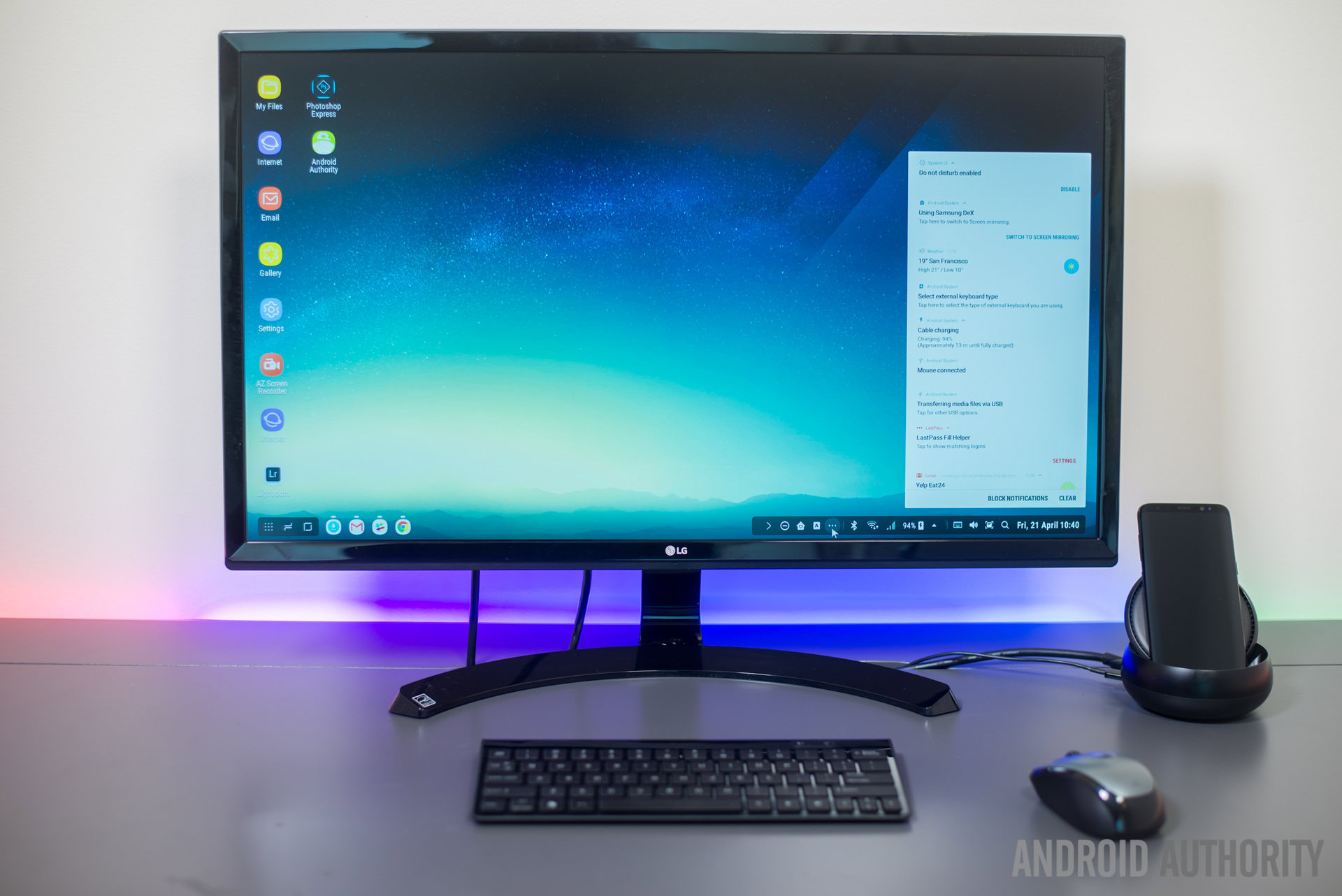
With Samsung’s DeX, you plug your Galaxy phone into a monitor and it becomes an Android-based desktop computing experience. It looks and feels like a desktop, but it’s all Android.
Keeping that in mind, there are numerous Android apps out there which allow you to remotely access your Windows desktop from anywhere in the world.
Why not mash these two ideas together?
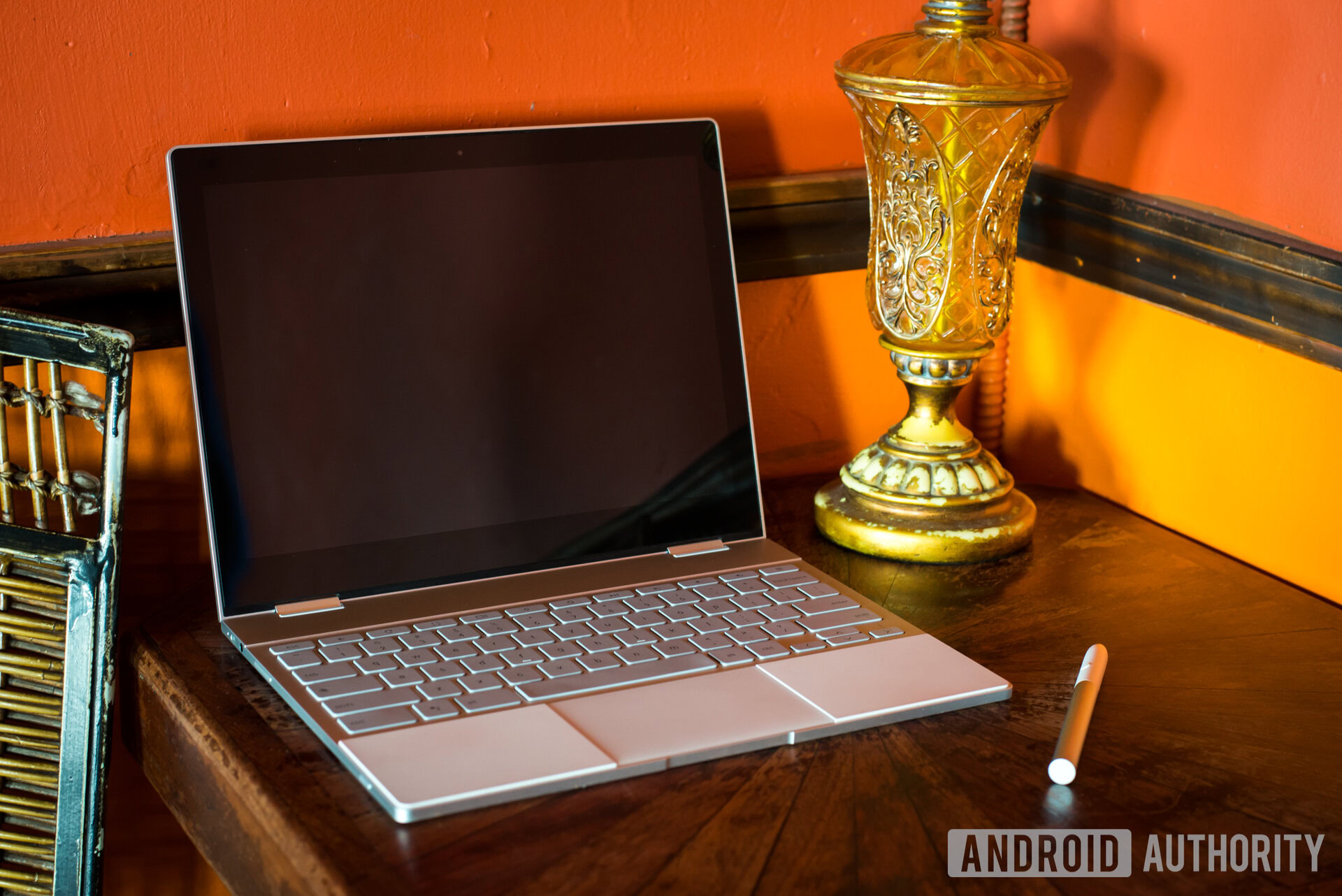
What if you used a Microsoft-branded application to remotely access your Windows machine via your Android phone. Then, you plug your Android phone into a monitor and boom: you are running a full Windows experience from wherever you are in the world, no laptop needed.
Granted, your experience with this would be wholly dependent on your internet connection both at your remote location and at home, but if those were both ideal bandwidths this could be an incredibly powerful tool.
Huawei had a similar idea of running a cloud-based version of Windows which HUAWEI phones can access, allowing Android users to essentially run Windows on their phones. However, that concept is limited as it doesn’t allow you to run your own Windows apps and doesn’t give you access to your desktop files. This would solve those problems!
The sky is the limit with potential ideas of how to make Android and Windows work together. What ideas do you have? Let us know in the comments!
NEXT: Windows on the Snapdragon 850: 5 reasons you should wait for it